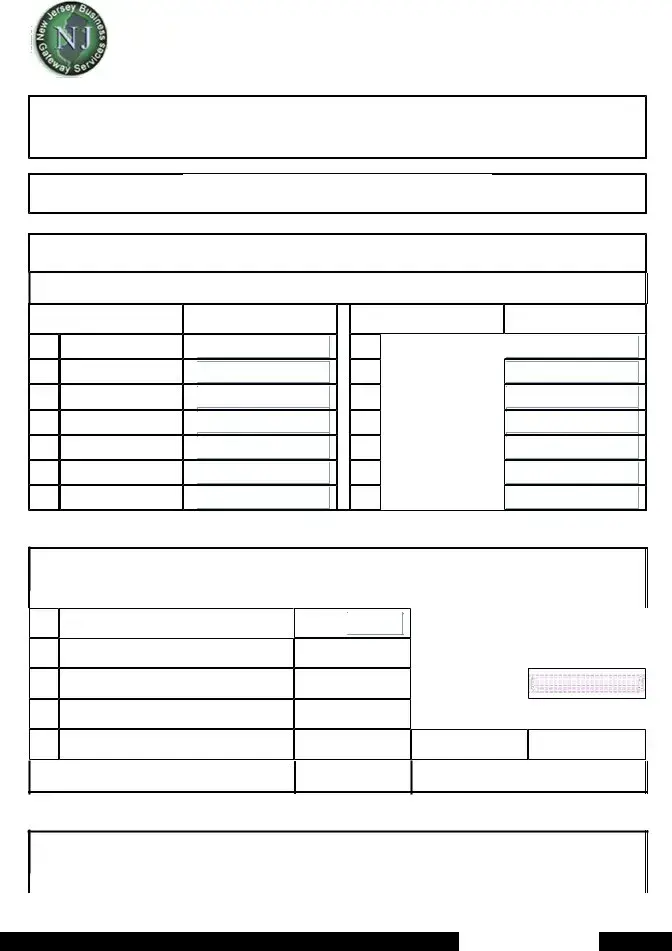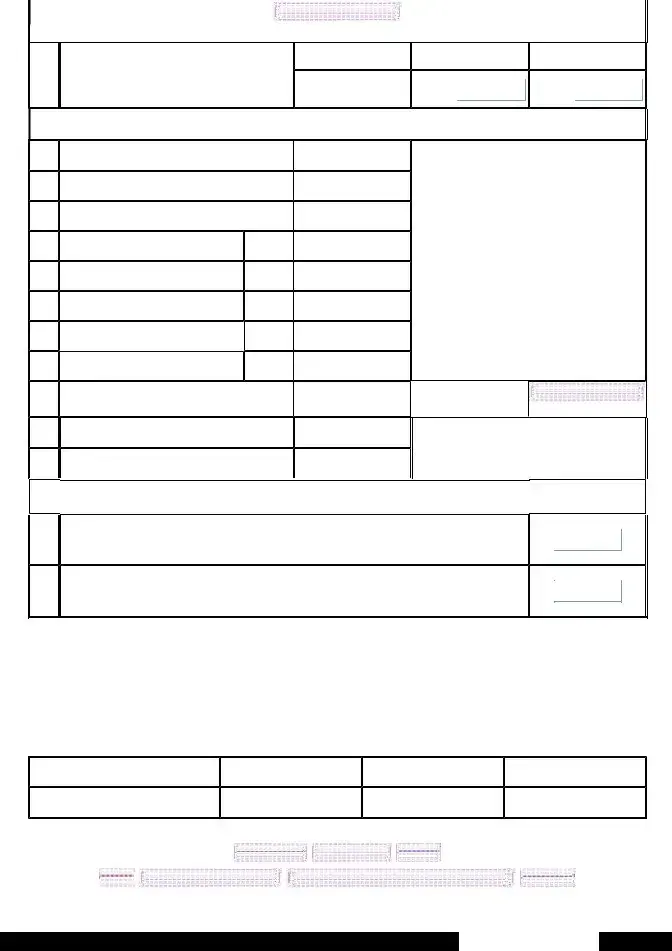What is the NJ 927 W form?
The NJ 927 W form, also known as the Employer's Quarterly Report, is used by employers in New Jersey to report gross income tax withheld from employees. It includes details about wages paid and taxes owed for a specific quarter.
Who needs to file the NJ 927 W form?
All employers in New Jersey who withhold gross income tax from employees' wages are required to file the NJ 927 W form. This includes businesses of all sizes and organizations that pay wages to employees.
When is the NJ 927 W form due?
The NJ 927 W form is due by the last day of the month following the end of the quarter. For example, for the first quarter ending March 31, the form must be filed by April 30.
What information is needed to complete the form?
You will need the following details: your business name, Federal Employer Identification Number (FEIN), total wages subject to gross income tax, total GIT amount withheld, and any payments or credits for the quarter.
What happens if I miss the filing deadline?
Failure to file the NJ 927 W form by the due date can result in penalties and interest on unpaid amounts. It's crucial to submit the form on time to avoid these additional charges.
Can I amend a previously filed NJ 927 W form?
Yes, if you discover an error after filing, you can amend the NJ 927 W form. You must submit the corrected form with the necessary adjustments and indicate that it is an amendment.
Where can I find help with completing the NJ 927 W form?
The New Jersey Division of Taxation provides guidance and resources to assist you in completing the NJ 927 W form. You can visit their website or contact their office for support.
What should I do if I have no GIT to report?
If you have no Gross Income Tax to report for the quarter, you are still required to file the NJ 927 W form indicating zero amounts. This keeps your records up to date and maintains compliance.
What are the consequences of providing incorrect information on the NJ 927 W form?
Providing incorrect information can lead to mismatched records with the state. This may result in penalties, audits, or additional taxes owed. Always ensure that the data you provide is accurate and complete.



 GIT Payment Amount
GIT Payment Amount
